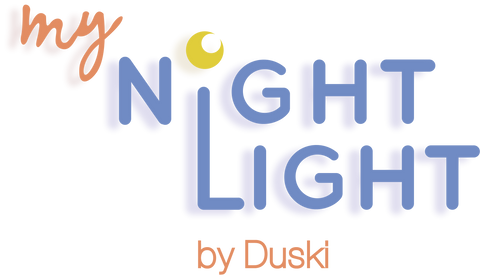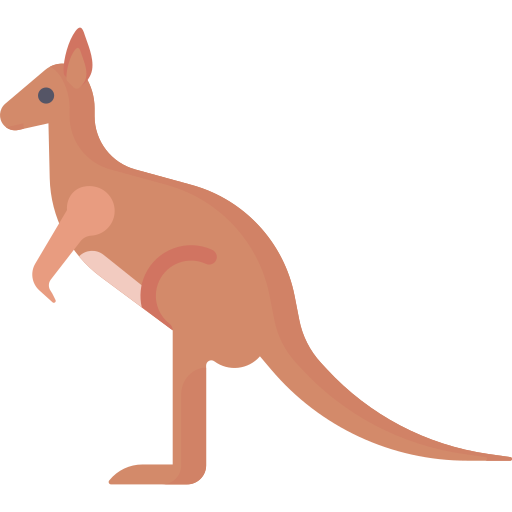Bad Dreams
We've all seen dreamcatchers around & possibly hung one by our beds to help keep bad dreams away. But do you know anything about their origin?
When we were given the opportunity to start stocking Aloka Dreamcatcher Colour & Shine lights we thought we should do a little investigating into the background of the dreamcatcher.
It is believed that the Dreamcatcher originates from the Native American Ojibwe tribe & was hung on cradles as a form of protection. According to Ojibwe legend, Asibikaashi (Spider Woman) took care of the children & the land. However, as the Ojibwe Nation spread to the ends of the earth, it became more difficult for her to reach all the children, so she tasked the women of the tribes to weave webs using sinew & willow to hang on infants' cradles to protect them from any harm that may be in the air.

* Ojibwa Chippewa Village Painting by Paul Kane, 1846
Good Dreams
In Ojibwe tradition, the night air is filled with dreams, good & bad, & newborns are unable to defend against the bad ones. Bad dreams get caught in the web of the dreamcatcher. Trapped, the bad dreams are then evaporated by the morning sun. Good dreams make their way through the web, down the feathers, and to the child. The slightest movement of the feathers indicates pleasant dreams.

If you want to learn more about our Aloka Dreamcatcher and how it can help keep those sleepy time monsters at bayclick here.


